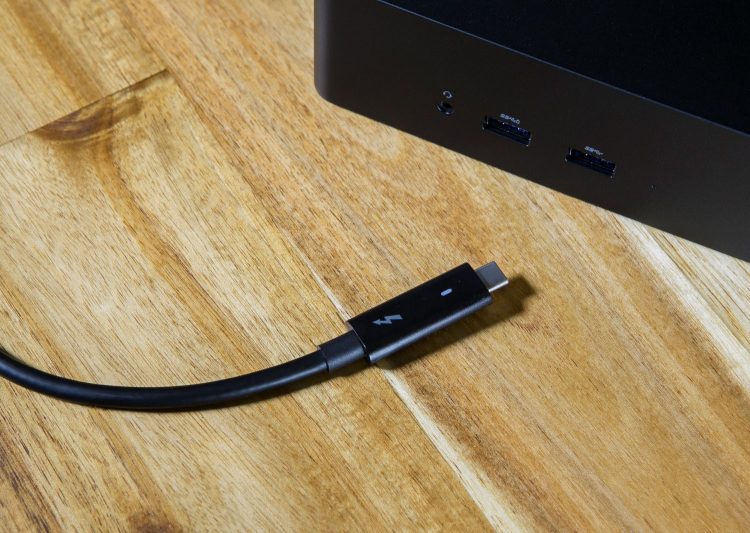USB-C and Thunderbolt 3 are the new connectivity hotness, and the docking opportunities are a big reason. Under the right conditions, a single cable can provide video, audio, data and power, not to mention high bandwidth for devices like fast storage arrays and external graphics cards.
The Dell Thunderbolt Dock TB16 sets out to offer everything but the external graphics, with the convenience of a single cable connecting your entire desk setup.
This isn’t a new idea, with many business notebooks in the past offering similar functionality with port replicators or docking stations. These generally used a wide proprietary connector on the bottom of the notebook, that frequently changed from generation to generation.
The benefit here is that Thunderbolt 3 is a standard connector which ensures it can be used with notebooks other than Dell’s, and it can be useful long after the original notebook you purchased it for is out of date.
With that in mind, I want to note straight up that I am not using the Dell TB16 with a Dell notebook like the XPS 13 or XPS 15. Instead, I purchased it to use with my late 2016 Razer Blade, which features a single Thunderbolt 3 port.
This means I can’t power my notebook with the TB16, though everything else should work the same.





are u able to connect with more than one monitor using dell dock without using other port on your razer?
Unfortunately not, I was never able to get that to work with the Blade bet fore I sold it.
Hi,
Were you able to update the firmware of the dock or charge the razer blade from the dock?
No, and I don’t believe you ever would.
My 2016 Blade 14 (long sold) came with a 165W power brick, which is well outside the 100W of USB-C, and even whatever hack Dell did to provide 130W charging for the XPS.